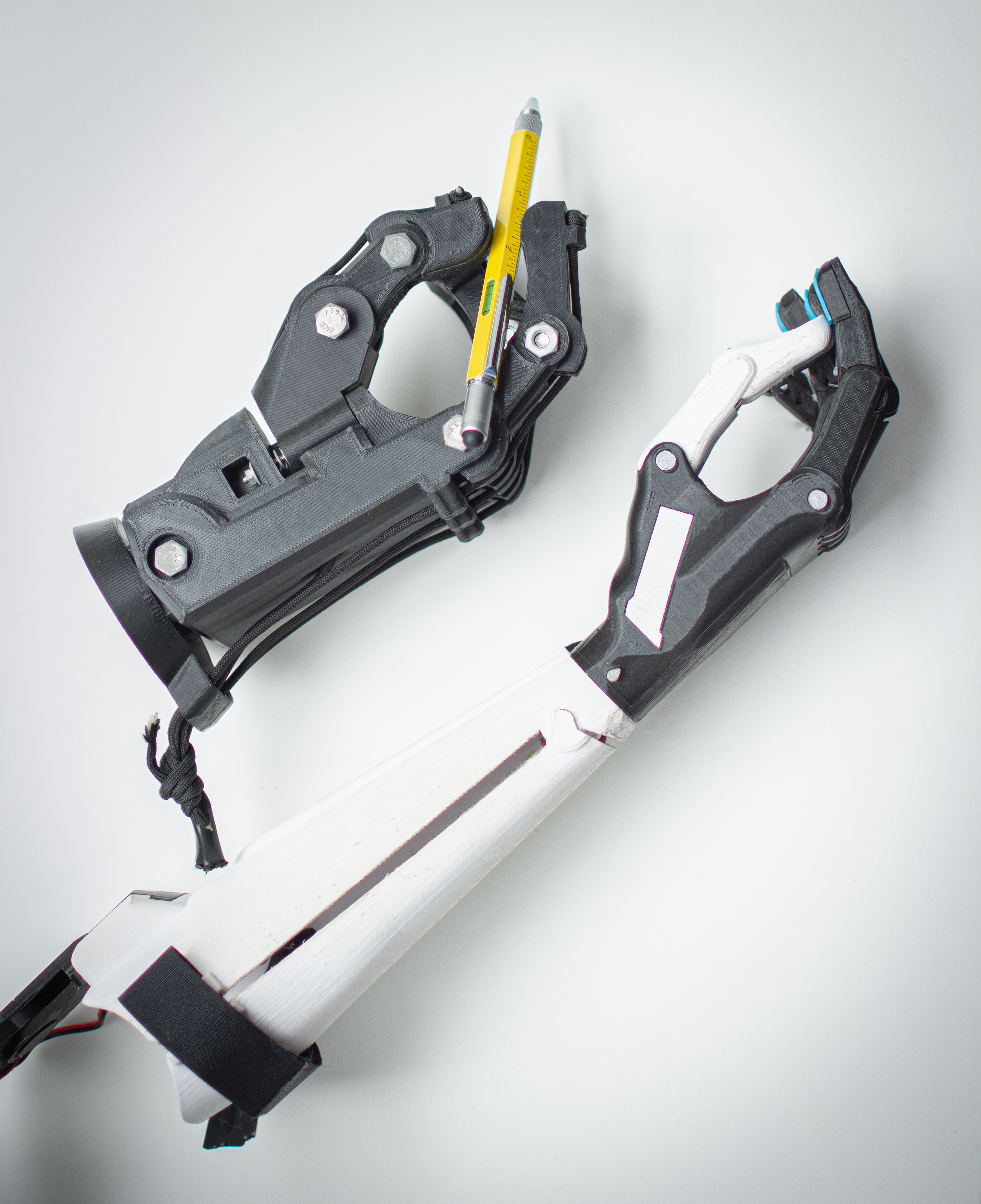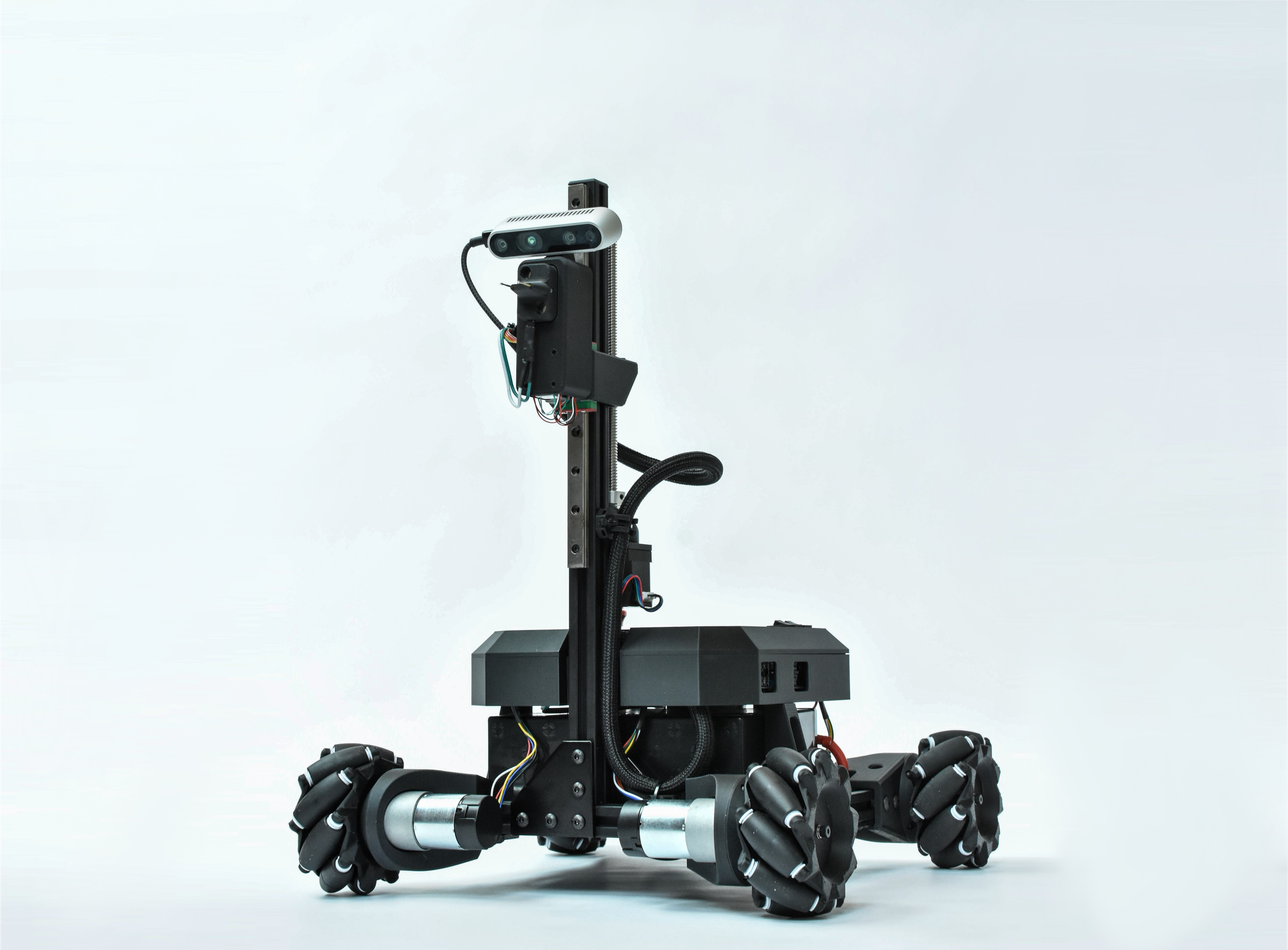Low Cost Haptic Prosthetics
Written on October 10th, 2019 by Paul Dreyer
Background
This was one of my earliest projects and took place during my gap between my active duty service and becoming a full time student. I was ~4 months into a backpacking trip through South America, but actively learning computere aided design (CAD) knowing that I wanted to go to school for engineering after the trip concluded. I wanted to push myself to do something new, and interfacing with the human body seemed like an awesome challenge. I decided to dip my toes into the world of below-elbow prosthetics, which just means the devices are designed for amputees who have some portion of their forearm remaining post-surgery. I had spent roughly a month designing this arm, not really thinking this could ever actually be useful for someone when something serendipitous happened. I was having a coffee in a cafe in Medellin, when I noticed a donation box in the cafe, with a 3D printed prosthetic arm in it that I recognized from some research I had done trying to gain some foundation knowlege in the space. Well, it turned out that the company Humanos-3D (The Colombia chapter of the Seattle based E-nable) was based in the flat above the cafe. I crossed paths with the owner at the time and explained what I was working on, and he let me start printing my arms as an inpromtu intern with the company! (Big thanks to Adam for being such a rad human)
Design considerations
The arm needed to be low cost, both for my own sanity as an unemployed traveller, and for whoever this could be donated to some day. This means it’s entirely 3D printed from PLA, and has very simple electronics and actuation on board.
The user can flex the elbow, causing the fingers to close on the hand. The fingers actuate in a mechanically resistive-adaptive manner, meaning that the force is automatically distributed across all fingers allowing a user to grasp anything from a cup, to a tennis ball, to a door handle.
There is also some very naive vibration based haptics included in the arm. There are force sensors (strain resistors) embedded into each finger tip. As these experience force applied, they vibrate a small coin motor (similar to whats in a smartphone) with pulses that vary in speed and intensity proportional to the force in the finger tips.

